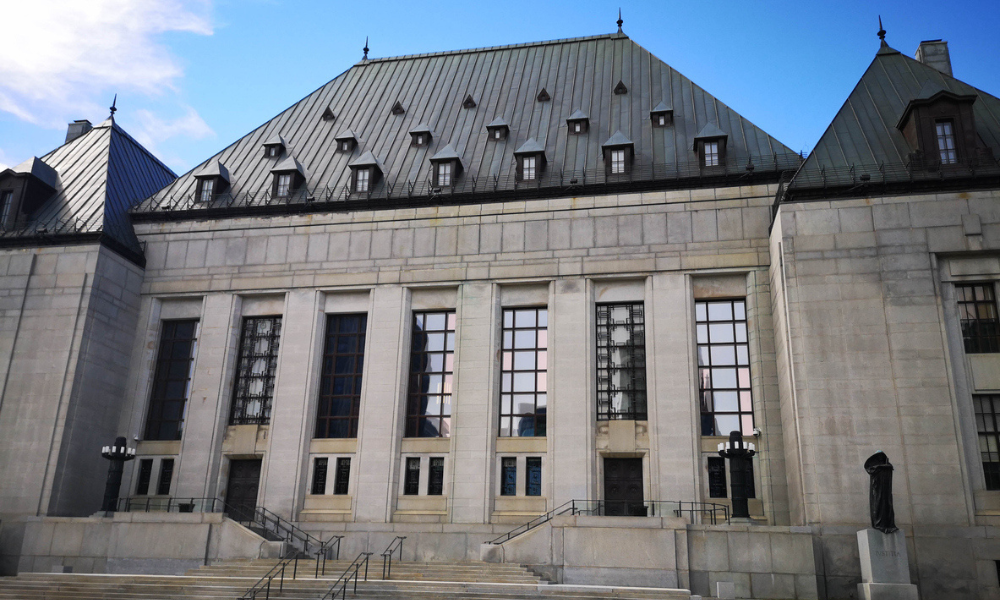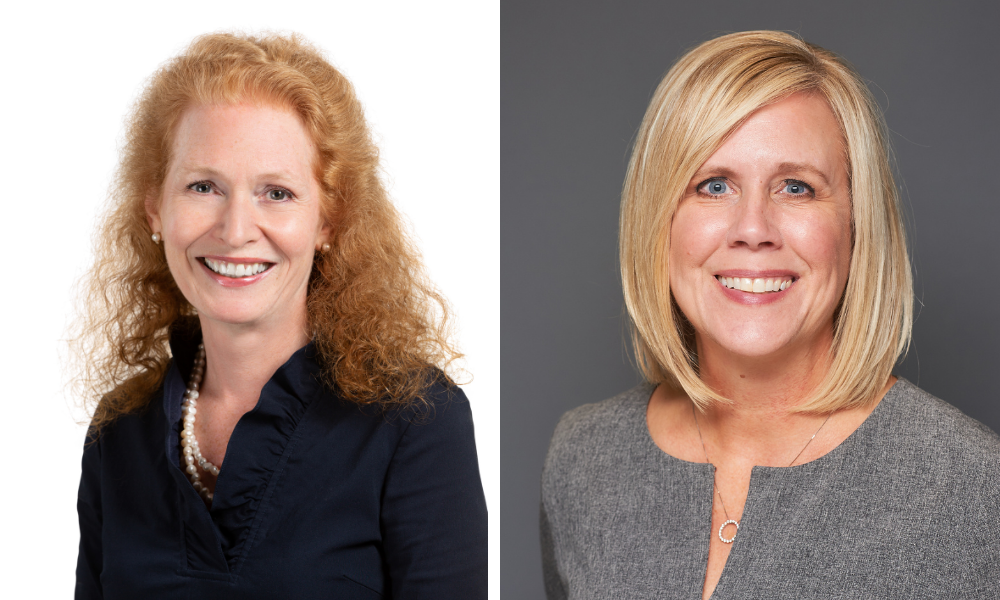Canadian Lawyer’s 2018 Legal Fees Survey shows some bright spots for law firms despite a highly competitive market.

Canadian Lawyer’s 2018 Legal Fees Survey shows some bright spots for law firms despite a highly competitive market.
This year’s Canadian Lawyer Legal Fees Survey indicates a more hopeful outlook for Canadian law firms as they examine their pricing structures. But the mood remains guarded.
None of the respondents expect to cut their fees in 2018. This sets a slightly more positive tone than last year when 0.6 per cent indicated they planned a cut, and it is a healthy change from 2016’s three per cent.
Not as many expect to increase their fees this year, however, with only 43 per cent indicating an upward trend compared to the 45 per cent last year.
“This year was a good year,” says Eric Gossin of Toronto’s Stancer Gossin Rose LLP. “All of us seem to be achieving a higher hourly rate in terms of what we tell the clients we are charging.”
Fee adjustments and rates are based on changes in firm costs and/or inflation for 55 per cent of those surveyed. “The downward pressure on fees by not only clients but other lawyers is a problem. I’m not sure how clients are well served by this continual downward pressure. I’m working on improving efficiency and narrowing my practice areas, but not everyone works that way,” says one respondent. Another observes that the work itself dictates changes in fees: “Prices need to go up because of complexity and demand for perfection.”
Complexity factored into rate increases for 39 per cent of respondents, while 58 per cent cited inflation and higher overhead as the main factor for fee increases for 57 per cent of the responses. Half of those increasing their fees indicated they would go up by five per cent or less, while 37 per cent suggested fees could increase by six to 10 per cent.
The Canadian Lawyer 2018 Legal Fees Survey examines the going rate for 54 matters in 10 practice areas: civil litigation, business, criminal, family, immigration, intellectual property, real estate, wills and estates, personal injury and labour and employment. Five hundred and eight people participated in the survey, which was conducted from Dec. 29 to Jan. 25.
Half of the respondents operate in Ontario (24 per cent of the total listed Toronto as their base), 16 per cent in both Alberta and British Columbia, three per cent in Manitoba, seven per cent in the Atlantic provinces, five per cent in Quebec and four per cent in Saskatchewan.
Nearly half (49 per cent) were in firms with one to four lawyers, 29 per cent had five to 25 lawyers, nine per cent had 26 to 50 lawyers, five per cent had 51 to 100 lawyers and eight per cent worked in firms with more than 100 lawyers.
At his general practice firm, Gossin says, rates are usually set at the beginning of the fiscal year with the firm’s financial statement, when profit goals are established and reasonable expectations on billing and collecting are examined.
Generally, the firm with three partners, an associate and five support staff has seen an upward trend in fees, although Gossin perceives hourly rates as something of a yardstick rather than a hard and fast tool.
“I’ve always maintained that the hourly rate is a bit of a fallacy,” he says, “because at the end of the day, when you look at the account, the question is really whether or not you’re going to get paid for the hours that you have done or whether you have to compromise the account” and change the effective hourly rate.
But Gossin senses there is a greater tolerance for higher fees, particularly in wills and estates, where he has noticed an escalation of the “rock-bottom price.” He sees clients as being more sophisticated in wills and estate planning and tax mitigation techniques. And there is less resistance for the higher fees.
He’s also noticing an acceptance and understanding that paralegal work will help keep the overall bill in check.
Most of the survey’s respondents included wills and estates (61 per cent), real estate (59 per cent), business law (57 per cent) and civil litigation (55 per cent) in their practices. When asked about the top revenue earners, 66 per cent indicated real estate law, 61 per cent said business law and 46 per cent listed civil litigation.
The hourly billing rate still reigns and is used by 87 per cent of respondents. Although 71 per cent indicated they charge flat fees, 17 per cent offer blended hourly rates and 33 per cent charge contingency fees. Seven per cent offer rising discounts.
A majority, 71 per cent, use non-hourly billing or alternative fee arrangements primarily to be proactive to remain competitive.
For Derek Key of Key Murray Law, with 50 lawyers practising in Prince Edward Island, the hourly rate serves as a baseline — a long-time metric to measure the account. He sees billing as more of an art than a science.
“The reality is, as a practice that has a large, rural clientele, the bill that goes out the door accommodates the client’s needs and the client’s expectation. That may include a combination of hours coupled with being based on success or failure. It may be a fixed-fee arrangement if it’s a commoditized type of service,” he says, such as amalgamation or incorporation, wills and powers of attorney.
And although clients are particularly sensitive to fees, the PEI firm has had annual incremental increases that exceed the rate of inflation.
Key says that’s accomplished by keeping the client’s own sensibilities in mind and being creative on how the services are delivered.
“You can have the best of technology, you can have great space that doesn’t look like it came out of an Ozymandias poem [by Percy Bysshe Shelley in 1818], and if you do that, you can be profitable,” he says. “In our jurisdiction, you don’t need the Taj Mahal for space. You don’t need boardroom tables and chairs that look like they came out of the Bank of Canada. Clients aren’t looking for that.”
But there needs to be a balance so the firm remains an attractive place to work and can continue to recruit talent.
“Fees or wages or any of those things have never been an issue, either, from our perspective as an employer and nor have they ever been raised as a reason why someone would not come and work with us,” he says.
Like 76 per cent of the respondents, Toronto’s Mills & Mills LLP sets its fees by comparing what other lawyers in the same practice areas charge, while 14 per cent compare their rates to the law society’s recommended fee schedule.
Managing partner David Mills says the rates have generally increased by a small amount, although some of the more senior lawyers in the firm with eight partners and a total of 34 lawyers don’t feel the need to increase their rates any further. Meanwhile, junior lawyers command higher rates as they gain more experience.
The general practice is to examine the final bill based on the hourly rate to ensure it is fair and reasonable and then allow for adjustments. But, overall, Mills says, there is definitely no downward momentum on billing rates.
Pricing strategy has become an area of concern for some firms, with 16 per cent changing their process from the previous year and another 17 per cent considering changing their pricing strategy.
In the Edmonton area, Duncan Craig LLP’s chief operating officer, Greg Miskie, is seeing more detailed requests for proposals from some institutional clients, and fees are a part of that.
“Blended rates is actually what we’ve been dealing with a lot over the last three or four years, I’d say,” he says.
Those clients, he says, want to have a deeper appreciation of the team involved, which leads to discussions about many components of the service. And while it’s more work for the firm of 42 lawyers and a total staff of 120, Miskie says, it is a fruitful approach.
Flat fees are also extending beyond the real estate transactions and commodity work into the corporate transactions, he says.
What the competition charges is also a factor in the rates. And even though the firm conducts its own surveys, that information, particularly as it applies to the smaller boutiques, is more of a challenge to nail down.
Real estate law is the biggest money maker, with 66 per cent surveyed saying it was among their top three revenue-producing areas. Business law and civil litigation followed with 61 and 46 per cent.
“I do think that the world’s going to continue to change; I do think that the expectation of law firms is going to continue to evolve,” Miskie says. “There’s a variety of non-legal competitors coming into the markets in Canada and also within Alberta that are providing what we like to call commodity services very efficiently. So law firms have to be aware of that.
“I am enthusiastic about that even though it’s quite challenging, but it is quite exciting to engage in that thoughtful discussion with clients.”
Click here to read full survey with charts.









